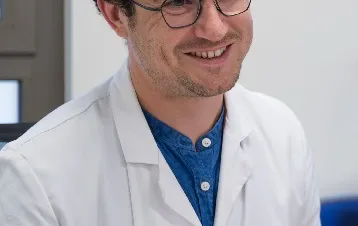- Home >
- Patients and Care >
- Cancer types
All types of cancer are treated at Institut Curie, including the rarest ones. It takes an always-interdisciplinary approach to treatment, lending the best skills and the most efficient techniques to holistic, continuous care for all patients, at all stages of the disease, with a constant concern for their quality of life.



